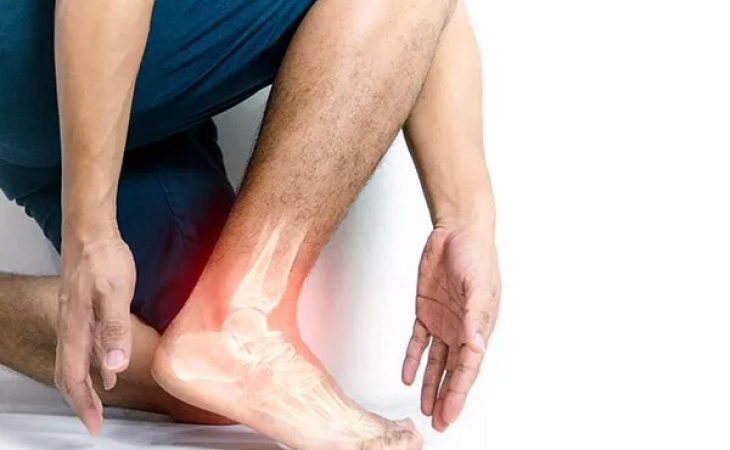
Ankle fracture
The ankle actually involves two joints, one on top of the other. Fracture ankle can involve one or more bones, as well as injuring the surrounding connecting tissues (ligaments).
Anatomy of the Ankle
- the shinbone (tibia)
- the other bone of the lower leg (fibula)
- the anklebone (talus)
Right below the ankle joint is another joint (subtalar), where the anklebone connects to the heel bone (calcaneus). This joint enables the foot to rock from side to side. Three sets of fibrous tissues connect the bones and provide stability to both joints. The knobby bumps you can feel on either side of your ankle are the very ends of the lower leg bones. The bump on the outside of the ankle (lateral malleolus) is part of the fibula; the smaller bump on the inside of the ankle (medial malleolus) is part of the shinbone
When A Break Occurs
Any one of the three bones that make up the ankle joint could break as the result of a fall, an automobile accident or some other trauma to the ankle. Because a severe sprain can often mask the symptoms of a broken ankle, every injury to the ankle should be examined by a physician. Symptoms of a broken ankle include
- Immediate and severe pain.
- Swelling
- Bruising.
- Tender to the touch
- Inability to put any weight on the injured foot.
- Deformity, particularly if there is a dislocation as well as a fracture.
A broken ankle may also involve damage to the ligaments. Your physician will order X-rays to find the exact location of the break. Sometimes, a CT (computed tomography) scan or a bone scan will also be needed.
Treatment And Rehabilitation
If the fracture is stable (without damage to the ligament or the mortise joint), it can be treated with a leg cast or brace. Initially, a long leg cast may be applied, which can later be replaced by a short walking cast. It takes at least six weeks for a broken ankle to heal, and it may be several months before you can return to sports at your previous competitive level. Your physician will probably schedule additional X-rays while the bones heal, to make sure that changes or pressures on the ankle don’t cause the bones to shift. If the ligaments are also torn, or if the fracture created a loose fragment of bone that could irritate the joint, surgery may be required to “fix” the bones together so they will heal properly. The surgeon may use a plate, metal or absorbable screws, staples or tension bands to hold the bones in place. Usually, there are few complications, although there is a higher risk among diabetic patients and those who smoke. Afterwards, the surgeon will prescribe a program of rehabilitation and strengthening. Range of motion exercises are important, but keeping weight off the ankle is just as important. A child who breaks an ankle should be checked regularly for up to two years to make sure that growth proceeds properly, without deformity or uneven leg-length. The ankle actually involves two joints, one on top of the other. Fracture ankle can involve one or more bones, as well as injuring the surrounding connecting tissues (ligaments).
Quick Contacts
Please feel free to contact us for any inquiry
- Emergency call : +91 94274 18181
- Email : contact@trishahospital.com
- Location: Trisha multispeciality hospital, Ahmedabad



